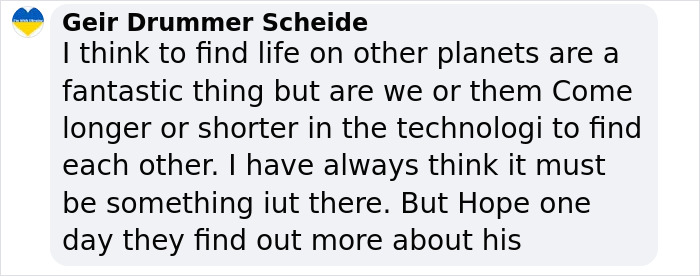Scientists revealed that they have found the strongest evidence of alien life about 124 light years away.
In the search for life beyond Earth, a team of scientists made a thrilling new discovery of possible signs of life on a distant planet located in the Leo constellation, far outside our solar system.
“This is a revolutionary moment,” said Nikku Madhusudhan, an astronomer at the University of Cambridge and an author of the new study.
Scientists have found the strongest evidence of alien life about 124 light years away from Earth

The alien-hunting team of astronomers found the possible signs of alien life on the planet K2-18b, which orbits around the the red dwarf start K2-18 more than 120 light years away.
The exoplanet (a planet outside of our solar system) is 8.6 times the size of the Earth, with a diameter that’s about 2.6 times bigger than our planet.
Potential signs of life were found on K2-18b, which orbits around K2-18
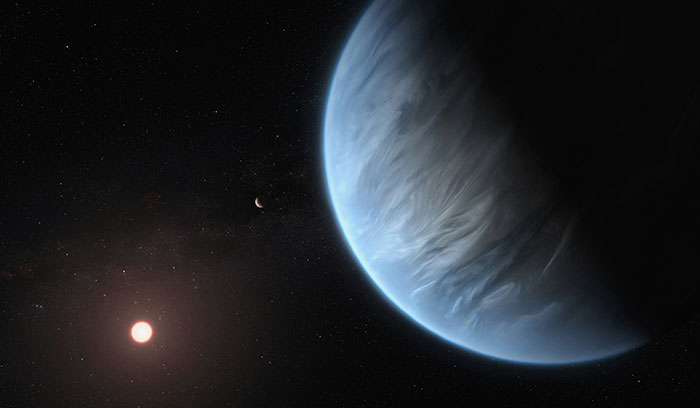
K2-18b has a 33-day orbit, and receives roughly the same amount of sunlight from its star as our planetary home receives from the Sun.
Using data from the James Webb Space Telescope (JWST), the astronomers were able to detect the presence of two molecules—dihmethyl sulphide (DMS) and/or dimethyl disulphide (DMDS)—in the planet’s atmosphere.
These gases can be found on Earth as well and are produced by marine microorganisms like plankton.
The presence of two molecules—dihmethyl sulphide (DMS) and/or dimethyl disulphide (DMDS)—were found in the exoplanet’s atmosphere
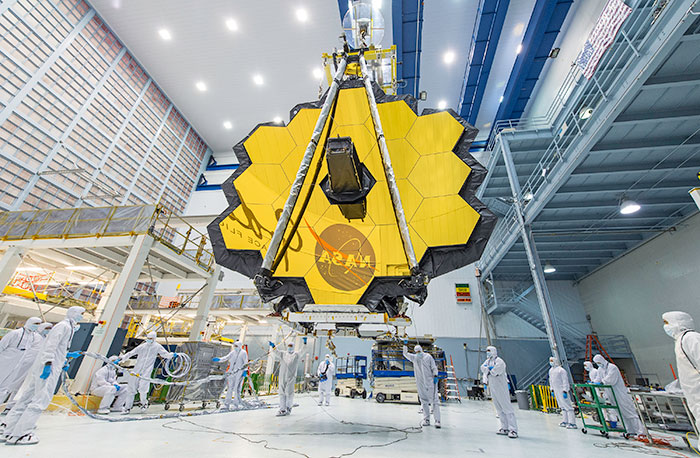
Hence, the latest discovery suggests that K2-18b could be home to a Hycean world and is possibly “teeming with life.”
A Hycean world is a type of exoplanet that has both a liquid water ocean and a hydrogen-rich atmosphere, making them a prime target in the search for extraterrestrial life.
Dr. Madhusudhan noted how the only known source of dimethyl sulfide on Earth is living organisms.
The only known source of dimethyl sulfide on our planet Earth is life
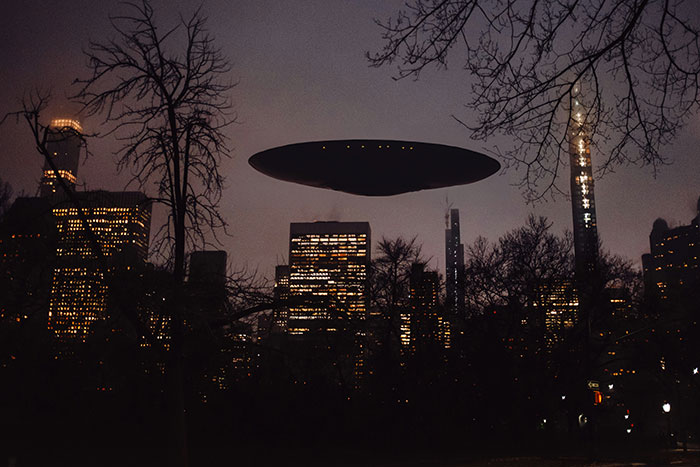
Some forms of algae produce the compound, which then enters the air and even contributes to the sea’s distinctive smell.
“There is no mechanism in the literature that can explain what we are seeing without life,” Dr. Madhusudhan told The Sun about the detection of the life-suggesting molecules on K2-18b.
“It’s a question humanity has been asking for thousands of years,” he added. “It’s a shock to the system. It takes time to recover from the enormity of it.”
“This is a revolutionary moment,” said lead author Nikku Madhusudhan
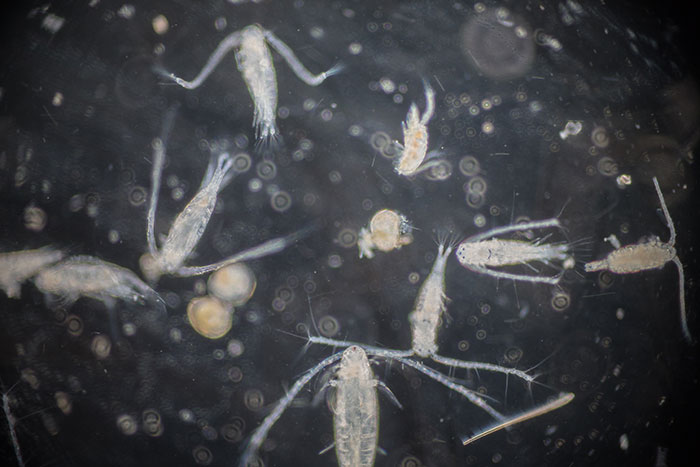
While the detection of the newly-found molecules does not confirm life on K2-18b, it is still the strongest evidence of alien life found on a distant planet so far.
“It’s the first time humanity has seen potential biosignatures on a habitable planet,” Dr. Madhusudhan said in a Tuesday press conference.
Dr. Madhusudhan believes this discovery marks a new era in “observational astrobiology.”
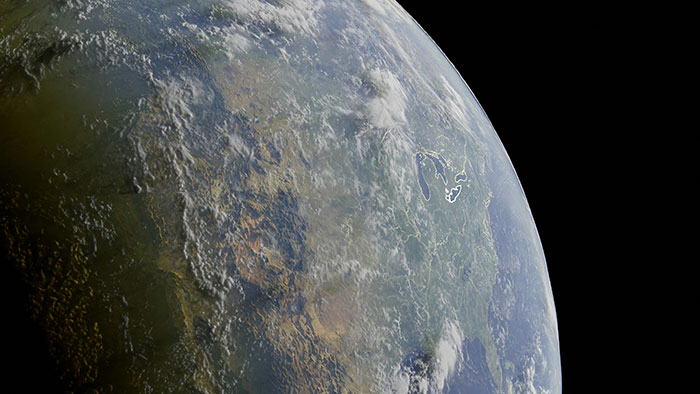
Experts did not make grand conclusions yet, but acknowledged that this was a noteworthy finding.
“It’s not nothing,” said Stephen Schmidt, a planetary scientist at Johns Hopkins University. “It’s a hint. But we cannot conclude it’s habitable yet.”
Netizens had mixed reactions to the latest discovery, with one humorously saying, “Wonder what the cost of living is there.”
“Truly amazing, makes you think about how trivial our problems are when there’s such a big world out there,” one said.
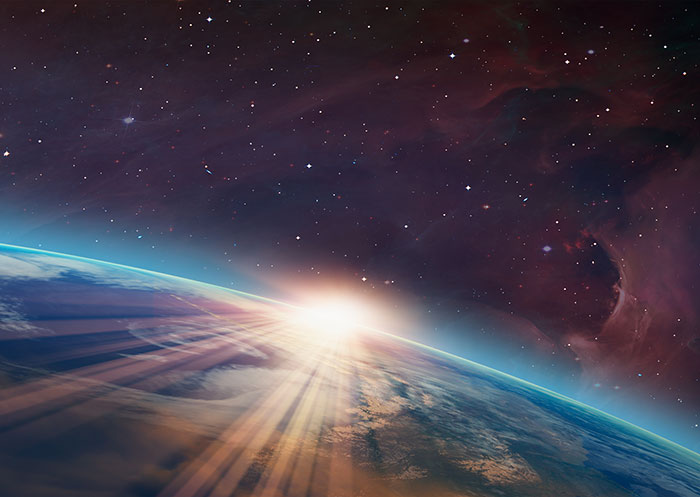
Another wrote, “Imagine if aliens visited us today and said ‘Take us to your leader.’”
“Send the Katie Perry crew they will find life,” one said.
“Can we just fix and appreciate lives on this planet before we go search on other planets, even if we have no way of getting there yet,” another wrote.
“Think they would mind if America couch surfed for a few years?” a social media user asked

